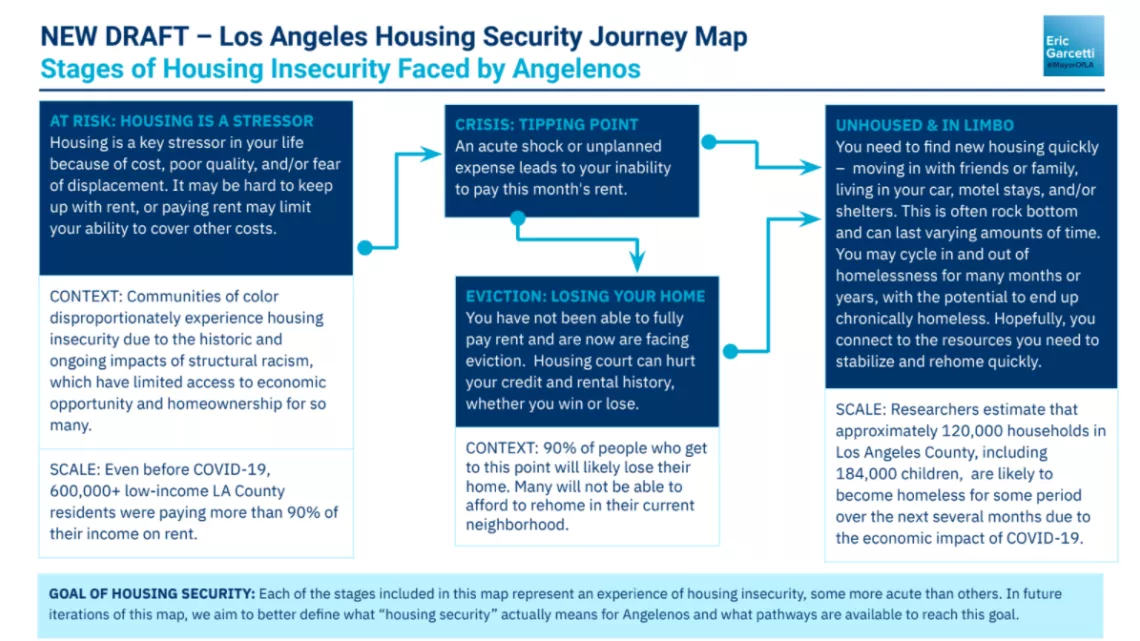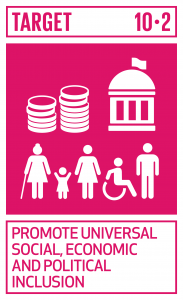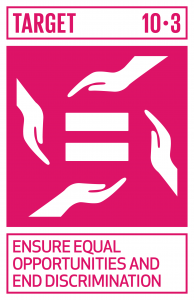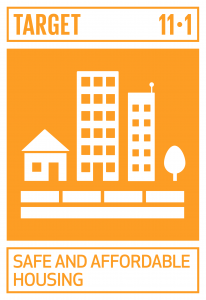Our work dug into the devastating realities of homelessness -- and the widespread desensitization to this crisis. There are 41,290 people experiencing homelessness in Los Angeles. This is a 16.1% increase from 2019. Solutions to housing insecurity depend on bringing those affected by homelessness into the conversation and engaging stakeholders across all sectors.
This project built upon an ongoing, grant-funded effort to better understand housing insecurity in Los Angeles (the SDG Housing Accelerator) and identify points of inflection that may inform prevention strategies. Our work focused on the development of a Housing Insecurity Journey Map – an interactive, visually compelling resource that explores the experiences of Angeleno renters facing housing insecurity, and how they currently navigate public and private services.
"If you just knew my story"
Service Provider
What is a journey map?
A journey map is a tool to visualize how a user interacts with a service. Journey maps can help policymakers to better understand the lived experience of persons, and aggregate their knowledge to identify trends, points for intervention, and/or gaps in policies, programs, or services. Instead of looking only at quantitative assessments, a journey map allows us to think about how housing insecurity is felt by those who experience it, better informing program and policy design.
For this journey map, we asked the questions: How does it feel to be housing insecure? Where do you turn to for help? Our team focused on the experiences of low income renters in Los Angeles. Statistically, this group has the highest rent burden, meaning they have the least discretionary income and are therefore most susceptible to other risk factors associated with housing insecurity, including unexpected costs, loss of employment, or reduction in compensation. Almost 90% of extremely low income households are rent burdened in Los Angeles County.
Our project team used human-centered design strategies, literature reviews, and interviews with more than 10 policy makers and service providers to conduct research and connect with Angelenos. This summer’s efforts will inform the City’s investment strategies related to housing insecurity and homelessness prevention.
The Angeleno Journey
Following our literature review and interviews, we developed the following draft journey map.

It is important to recognize that the journey map is not linear -- it is designed to illustrate how this experience may become circular, or vacillate between stages in this journey. The map showcased above provides a framework to understand housing insecurity, which will be further refined into a more detailed journey map as part of the ongoing SDG Housing Accelerator project.
Reaching Housing Security
As our team worked to define housing security, we realized that each person defines housing security differently. Stability, however, is more widely understood. With insights from several stakeholders, we identified 5 key characteristics of stability that inform a definition of housing security:
- Choice: An Angeleno can choose what neighborhood to live in and when and where to move – near their work, family, or good schools for their kids. They are in control of their housing experience. The resident has various options available to them, they choose where to live.
- Affordability: An Angeleno is not living paycheck-to-paycheck. Ideally, they pay no more than 30% of their income on rent, which leaves enough money to be financially resilient, and able to cover other expenses (including emergency expenses), or save for opportunities like homeownership.
- Safety and comfort: An Angeleno is able to feel safe in their home and neighborhood. Their home is the right size for their family with no overcrowding. They do not have to live in fear of discrimination or harassment from their landlord. They rent a home with adequate basic services and no recurring or unserviced maintenance issues.
- Access to support: An Angeleno knows where to turn for help, both in their community and family, as well as with service providers and the government. They are aware of their rights as a tenant and also have access to the formal resources they need, from legal counsel to financial planning.
- Ability to thrive across generations: An Angeleno does not have to see housing as a psychological and economic stressor. Instead, they can focus on what is important for their households – like investing in education and building intergenerational stability to ensure their children have a stronger safety net. Maintaining and building truly sustainable security is a multi-generational process.
"It is somewhere where people feel safe and it is where a physical sense of safety occurs. I see stability as an emotional connection"
Policy Maker
Utilizing and Further Developing this Journey Map
With additional research and development, a full journey map can directly inform the Mayor’s Office on City Homeless Initiatives, the City’s housing security portfolio, and L.A.’s Homeless Services Authority. Our recommendations for the continued development of the Journey Map include:
- Engaging with lived experience experts from Los Angeles to continue human-centered research. Lived experience experts are individuals who have faced an aspect of housing insecurity and can share their perspective on the journey map.
- Identifying these experts with an interviewee survey can ensure a variety of identities and experiences are included and reflected in the completed journey map. Including diversity of rage, age, family structure, ethnicity, gender identity, etc.
- Utilizing a racial equity framework to understand racial inequity in L.A.’s housing market while outlining commitments to center equitable practices.
Understanding how the experience of women and LGBTQIA+ persons differs with respect to housing services, using an equity lens to consider how policies may impact single parents, families, and LGBTQIA+ persons.
Following the completion of the journey map, it may be utilized by service providers and policy makers to form a shared understanding of the L.A.’s broader housing system and promote partnerships between stakeholders to create stronger programs.
Our Recommendations
Our team utilized the information from interviewees and our literature review to understand the reality of housing in Los Angeles. We explored existing services, barriers, and opportunities. With the conclusion of our internship, we recommend the City of Los Angeles consider:
- Expanding current financial coaching and education programs for families and individuals. Financial coaching is provided by Family Source Centers. Strengthening the existing programs with additional funding and public-private partnerships will support housing stability across generations while improving community development.
- Guaranteeing access to legal counsel for tenants in eviction cases. Our research and interviews indicate that most tenants do not have an attorney during an eviction case. Passing and implementing the Right to Counsel Initiative would support tenants in housing court and strengthen justice in institutions.
- Providing workshops to educate landlords and provide resources. In order for housing initiatives to be effective, everyone must be involved and provided with resources. We found that in some cases landlords are violating tenant’s rights without realizing it. Facilitating universal awareness of legal rights will result in more fair housing.
- Increasing collaboration between stakeholders in the public and private sector to build an interconnected housing network, ensuring no individual or family is left behind.
- Continuing to invest in pilot programs such as the Angeleno Card to test the effectiveness of a universal basic income and the impact it could have in the lives of individuals in vulnerable groups.
"The policies don't treat housing like a fundamental human right, we treat it as a commodity. If we treat housing security as an entitlement, we wouldn’t see such huge homeless populations."
Policy Maker
We are very thankful for the opportunity to be a part of the LA SDG Summer Cohort and advance the Sustainable Development Goals at a local level. We believe that the above-mentioned recommendations are crucial to reduce inequalities in Los Angeles. We hope that our journey map serves as a foundation to build a strengthened network of Housing Services for Angelenos. In all future work, we urge City officials to include interviews with lived experience experts -- those experiencing housing insecurity directly. Housing security program development will only be effective when those who are impacted by homelessness are involved in the process of reenvisioning Los Angeles as a sustainable city.


